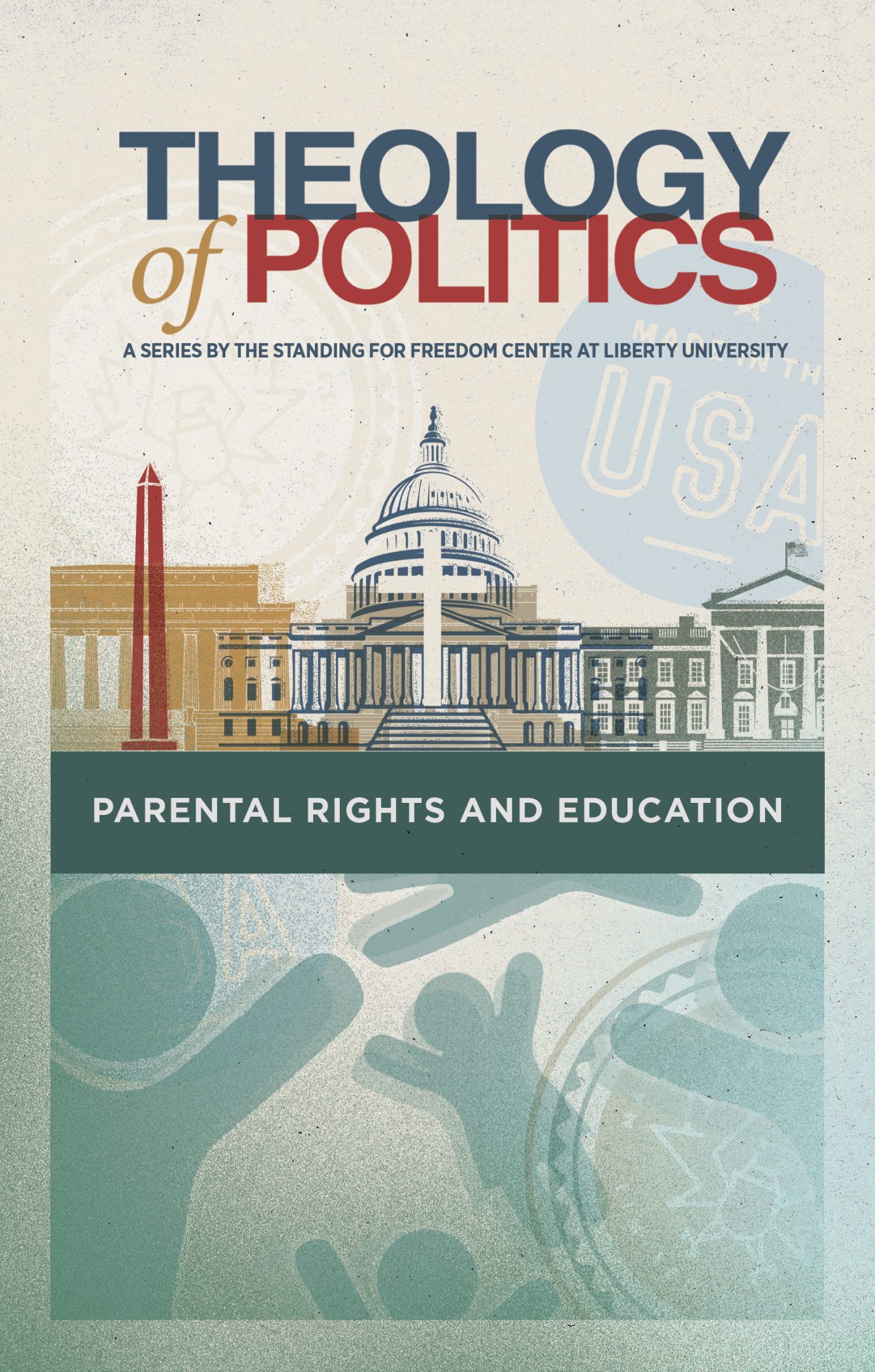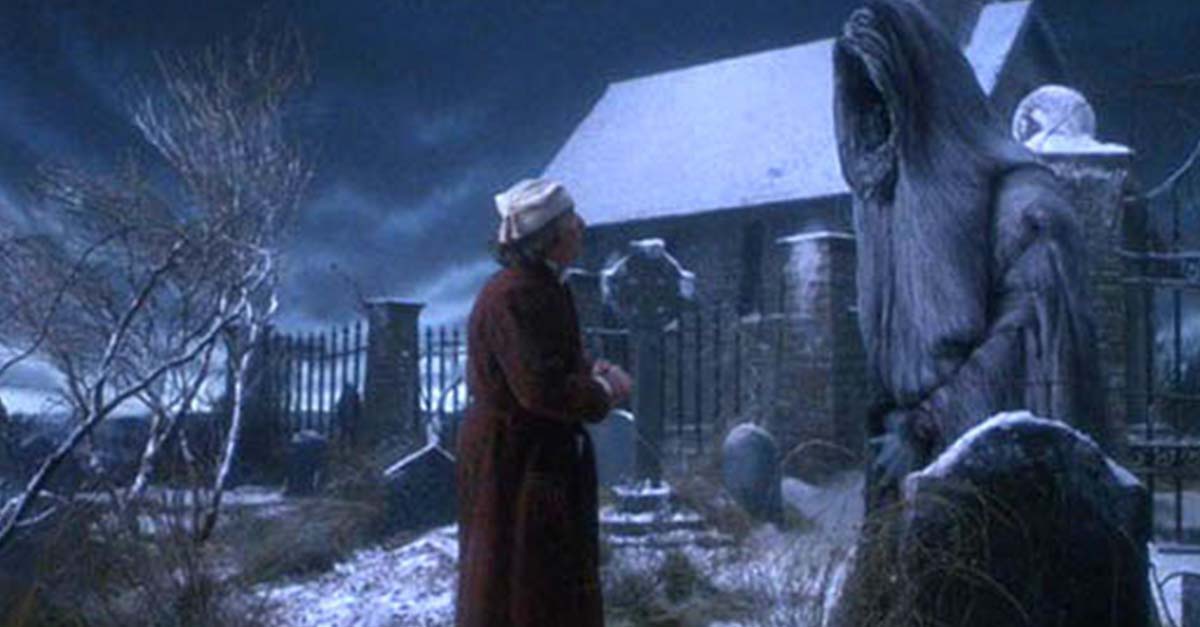


Get a free copy of Parental Rights & Education when you subscribe to our newsletter!

“For Scrooge, like all of humanity, death is certain but repentance must come so that we can truly live.”
–Ryan Helfenbein
One of the most insightful and classic stories of all times is, no doubt, Charles Dickens’ A Christmas Carol. My family and I will watch several versions of this story every year, often alternating between Jim Henson’s Muppet version or Jim Carrey’s Disney version. My kids are still very young, the grown-up version would give them nightmares.
You know the story. In one harrowing night, Mr. Scrooge is approached by his former business partner Jacob Marley who implores Mr. Scrooge to turn from his miserly ways and thus not suffer the same eternal bondage as his deceased partner. Marley informs Mr. Scrooge that he will be haunted by three ghosts who teach him the ultimate lesson: to honor Christmas in his heart, and to keep it all year long.
Dickens’ mid-19th century novel touches on several allegorical themes that are inherently Christian. One such theme is the moral obligation of generosity and stewardship toward our fellow man. For Charles Dickens, this is most striking among the poor, lower classes of England, most typified by Bob Cratchit and his family. Bob works slavishly for Mr. Scrooge with barely enough compensation to care for his physically disabled son, tiny Tim, much less, feed his family or keep them warm.
For Dickens, it is not out of government mandates or compulsory taxes that one must give to the less fortunate, but rather out of love, joy, and generosity should one give so freely. Contrast this with Scrooge’s inward nature, a cold, lonely, miserable miser. His heart must change or he will suffer the same fate of his former partner, Jacob Marley.
But this is where another striking theme strikes universally to all humanity. Mr. Scrooge must not just face his past and present, but must stare into the terrifying darkness of his future. He must face death and, in the ultimate sense, repent or he will likewise perish. The ghost of Christmas future brings the most chilling lesson and not for the curmudgeon only, but for all humanity who learn his story.
“Ghost of the Future!” Scrooge exclaimed, “I fear you more than any specter I have seen. But as I know your purpose is to do me good, and as I hope to live to be another man from what I was, I am prepared to bear you company, and do it with a thankful heart…” – Charles Dickens, Christmas Carol, page 104.
The Ebenezer Stone
When Scrooge walks past his entire life, he is transported to a neglected old church yard where a tombstone bears the name “Ebenezer Scrooge.” Dickens masterfully connected Scrooge’s headstone to the biblical theme of the stone of remembrance and the stone of God’s help in book of Samuel. Israel experienced God’s judgment and salvation. They were charged never to forget it. This is the Ebenezer stone. That night Scrooge passes through judgement and repentance, and in a very real sense, dies to self in order that he might be reborn.
No, The Christmas Carol is not an explicitly Christian novel, nor are the themes a faithful or accurate portrayal of the Gospel of Jesus Christ. But in the theme of judgment and death we do find truth unassailable. “For the death he died he died to sin, once for all, but the life he lives he lives to God. So, you also must consider yourselves dead to sin and alive to God in Christ Jesus” (Romans 6:10-11). This is unmistakable in what we see of Mr. Scrooge:
Death is certain, but repentance must come so that he can truly live.
Christmas is rightly marked by great joy, peace and celebration. But we must not ignore the historical lessons in the Gospel story. It was through many dangers, toils, and snares that the Christ child came into the world that would reject Him. And just as He died on our behalf, we too must die to self in order to receive the imperishable gift of Christmas, Jesus Christ. It is only in doing this that we are able to keep Christmas in our hearts all year long.